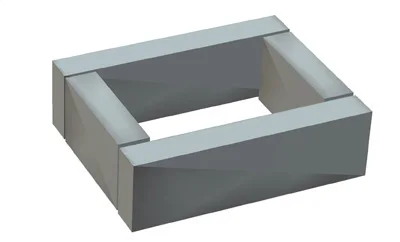Originally posted by Turion
analysis. Induction heating is done without core material. It is
the magnetic field that brings in the energy as far as I know.
The coil calculators are designed for 200-300 ft of wire not so much
3000feet. This subject is not as cut and dry as you may think. That
is my view. You keep repeating the same reasons and getting the same
results, I understand that.
2G HTS magnet wire can carry up to 200X more current than standard
magnet wire according to the site that sell this wire. This means that the
resistance of the wire is lower and this might work better than being
stuck with all that wire (3000ft) that brings heat. My opinion. You have
them and I have them. Cores don't bring in heat, magnetic fields bring
in energy into the core where heating takes place.
I still have not figured it all out yet. Like 23awg wire being good for
less than an amp when it is over 10 feet. 1000-2000-3000 ft brings
with it resistance, impedance, reactance all this is 8th grade tronix.
With 12 strands 250 ft each X 4 = 1000ft is the null point and you are
getting .5 amps out of it then you have 3 circuits so that is well within
the limits for the wire if what I said was true. But a single 23awg
conductor can not handle 1.5amps all by itself. Which as you say
eliminates the heating being caused by small wire but rather core
material being the culprit.
Which brings us back to the frequency of the rig. Let's see 5 magnets
singing around at 2800 rpm's or 47 turns per second so 47 X 5 magnets
so 47 X 5 = 235hz
Anyway I am going to look for a supplier for type II or second generation
magwire. 2G HTS magnet wire it is called or you can get 2G LTS. What
that means is that we would be able to change impedance values by
selecting a smaller conductor that handles the same current.
Thane Heins is leading the way and suggesting it's use. Back when he
first started he had coils bigger than we do. later after he went to other
wire they all mysteriously shrunk to 1/4 the size.
All I am doing is airing out what everybody is thinking and getting away
with it.

.........................................

 in
in

Comment